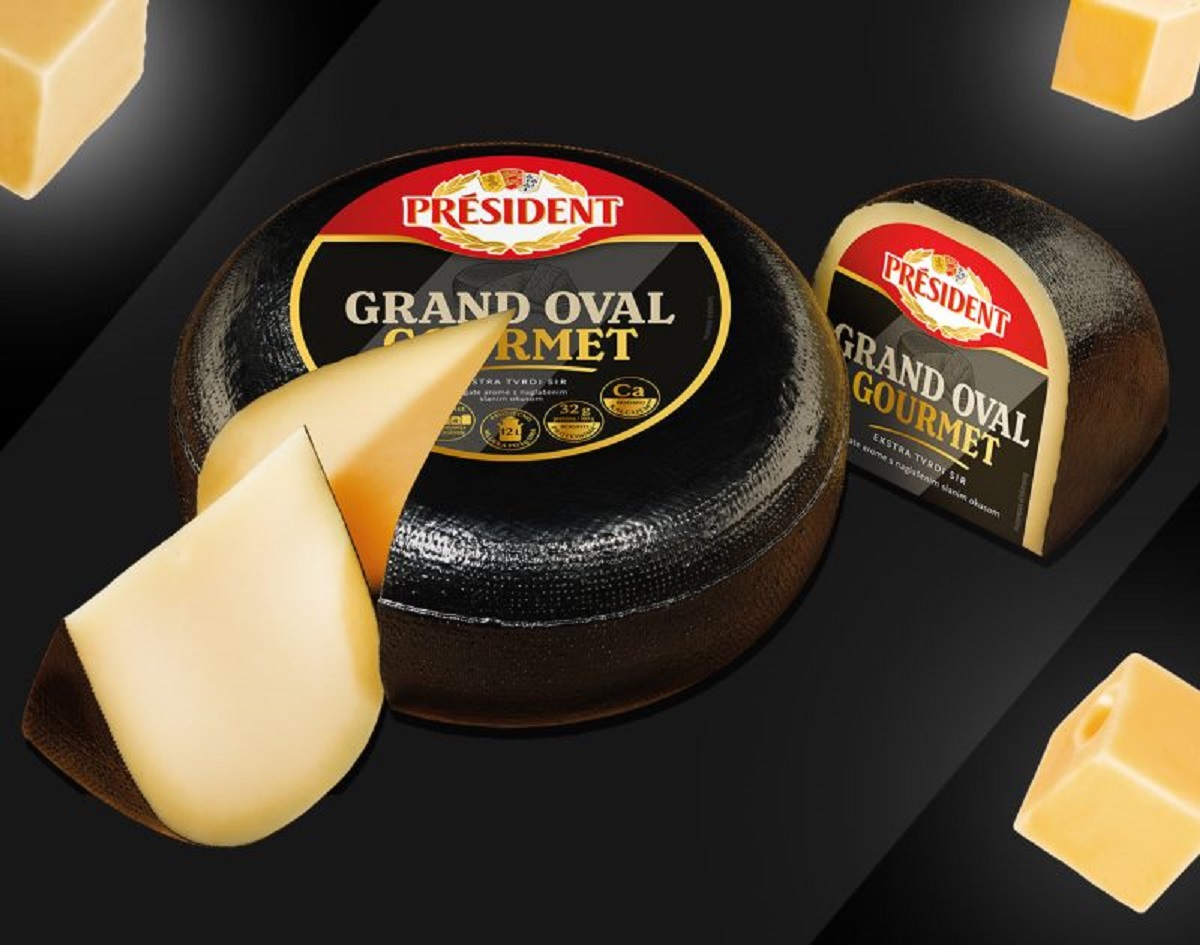Cheese has been a beloved food across cultures for centuries. From the creamy mozzarella of Italy to the sharp cheddar of England, cheese varieties are as diverse as they are delicious. In this ever-evolving landscape, new varieties often emerge, each with its unique characteristics and flavor profiles. One such lesser-known but intriguing cheese is Poval cheese. Though not yet a household name, Poval cheese is steadily gaining recognition among cheese enthusiasts and culinary experts alike.
In this article, we will delve into what makes Poval cheese stand out, its origins, production process, flavor profile, and some creative ways to incorporate it into your culinary repertoire.
The Origins of Poval Cheese
The history of Poval cheese is somewhat shrouded in mystery, with its origins believed to be rooted in Central or Eastern Europe. Some speculate that it may have been developed in small rural villages where cheesemaking was an essential part of life. The name “Poval” itself is thought to derive from an old regional term, though its exact meaning is unclear.
Poval cheese became known for its unique texture and flavor, which vary slightly depending on the region where it is produced. Over time, this artisanal cheese has become more widely recognized outside its native area, making its way into gourmet cheese shops and specialty food markets around the world.
The Production Process
Like many artisanal cheeses, the production process of Poval cheese is labor-intensive and rooted in tradition. It is primarily made from cow’s milk, although variations using sheep or goat milk can also be found. The cheesemaking process begins with the curdling of milk using natural rennet, followed by the careful cutting of the curds to release the whey. The curds are then drained and pressed to remove excess moisture. Which is essential in creating the desired texture of the cheese.
What sets Poval cheese apart is the aging process, which plays a significant role in its flavor development. The cheese is typically aged for several months, during which it is carefully monitored for temperature and humidity. During this aging period, Poval cheese develops a semi-hard texture, and its flavor becomes more pronounced. Another distinguishing feature of Poval cheese is its use of traditional wooden molds. Which impart a subtle earthy note to the cheese.
Flavor Profile
Poval cheese has a distinct flavor that sets it apart from more common cheeses. It is often described as a blend of nutty and tangy, with a hint of sweetness that lingers on the palate. Depending on the length of aging, the flavor can range from mild and creamy to more robust and complex.
Younger Poval cheese has a softer texture and a milder flavor, making it ideal for pairing with fresh fruits, nuts, and mild crackers. As the cheese ages, its flavor deepens, and it takes on a more assertive, slightly sharp quality. At this stage, Poval cheese pairs well with bold red wines, cured meats, and hearty breads.
How to Use Poval Cheese in Cooking
Poval cheese’s unique flavor and texture make it a versatile ingredient in the kitchen. Here are a few ways to incorporate it into your meals:
- Cheese Boards: Given its distinct taste, Poval cheese can be a standout addition to any cheese board. Serve it alongside fresh fruit like apples or pears, and complement it with almonds or walnuts. Its semi-hard texture also makes it easy to slice or cube for serving.
- Grating: Aged Poval cheese can be grated over pasta, salads, or soups, providing a rich, nutty flavor. It melts beautifully, making it a great substitute for Parmesan or Pecorino in dishes that call for a sharp cheese.
- Baking: Use Poval cheese in baked dishes such as quiches, tarts, or gratins. Its flavor becomes even more intense when heated, adding depth to savory baked goods.
- Sandwiches and Paninis: Poval cheese is an excellent choice for sandwiches and paninis. Its semi-hard texture allows it to hold its shape, while its nutty flavor enhances the overall taste. Try it with roasted vegetables, cured meats, or simply on its own in a grilled cheese sandwich.
- Pizza and Flatbreads: Poval cheese melts well, making it a great option for pizzas and flatbreads. Use it as a base cheese or mix it with other varieties to create a more complex flavor profile.
Pairing Poval Cheese with Beverages
One of the most enjoyable aspects of cheese tasting is pairing it with the right beverages. Poval cheese, with its range of flavors from mild to bold, can be paired with a variety of drinks.
- Wines: For younger Poval cheese, opt for light white wines such as Sauvignon Blanc or Pinot Grigio, which complement the cheese’s mild, creamy notes. For more aged Poval, a robust red wine like Cabernet Sauvignon or Merlot pairs well with its sharper flavor.
- Beers: If you’re more of a beer enthusiast, try pairing Poval cheese with a crisp lager or pilsner for a refreshing contrast. Alternatively, a malty amber ale or stout can enhance the nutty undertones of aged Poval.
- Non-Alcoholic Options: For those who prefer non-alcoholic pairings, sparkling water or apple cider can be a refreshing complement to the cheese’s rich flavor.
Conclusion
Poval cheese may not be as widely known as some other cheese varieties. But it is certainly deserving of a place in the spotlight. Its unique production process, distinct flavor profile, and versatility in the kitchen make it an exciting option for cheese lovers looking to try something new. Whether enjoyed on its own, as part of a cheese board, or incorporated into a dish, Poval cheese is a delightful addition to any culinary experience. As more people discover its charms, Poval cheese is sure to become a favorite among artisanal cheese enthusiasts.




